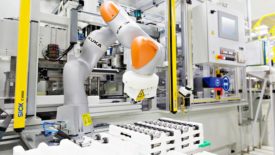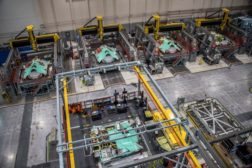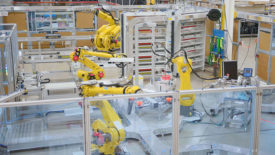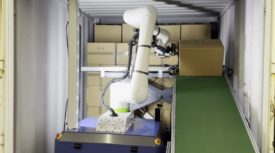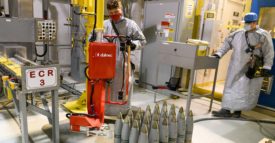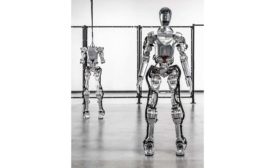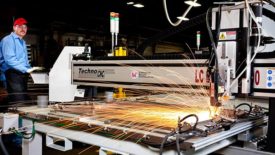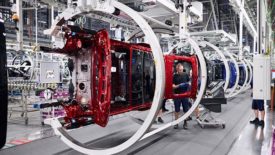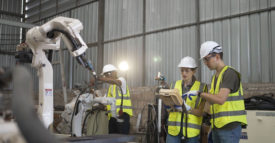Robotics Assembly
Assembly Plants of the Year: Looking Back, Moving Forward
Update Report: 2013 Assembly Plant of the Year — Northrop Grumman Corp.
March 19, 2024
Get our new eMagazine delivered to your inbox every month.
Stay in the know on the latest assembly trends.
SUBSCRIBE TODAY!Copyright ©2024. All Rights Reserved BNP Media.
Design, CMS, Hosting & Web Development :: ePublishing
